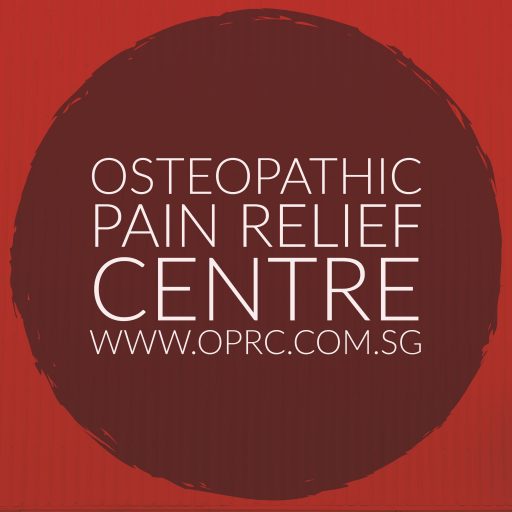OSTEOPATHIC TREATMENT OF HEADACHES
Almost every adult experiences one form of headache from time to time, most simply take a painkiller for quick relief. But what if your headaches are persistent and almost daily occurrences – how do you manage then? The most common types of headaches are tension headaches, eyestrain headaches, sinus congestion headaches and jaw tension headaches. Other causes can be: dehydration, disturbed sleep, neck pain, fatigue and low blood sugar. These types of headaches are not to be confused with migraines which present in a different way. Migraines for many are far more debilitating and are often hormone related, combined with imbalances in the body’s systems.
Relief from Tension Headaches
Tension headaches are often stress-related and occur as a result of excessive muscle tension in the shoulders, neck or facial muscles. Imagine a tent being pulled down by the ropes, this happens to our neck causing compression of the joints and discs. During an examination osteopaths determine the level of joint and disc compression present in your neck and locate which muscles are shortened and tight. Once located these structures are released with gentle manipulation. Relief is long term when prescribed exercises and posture correction follow. More importantly, the osteopath can re-balance your muscle and fascial/membrane system so that, given the same stressful situation, your body can cope better. The result is less stress related
Relief from Eyestrain Headaches
Eyestrain headaches are most commonly associated with tightness and pain referred from the base of the skull to the eye and temple areas. These headaches often occur due to poor sitting posture and long hours looking at a computer screen. The osteopath will feel for the contraction imbalances between muscles at the front and back of the neck which when released, through gentle soft tissue manipulation, will reduce headaches. However, correcting bad habits associated with sitting incorrectly will give more long term relief. Many people with eye sight problems or bifocal lenses end up tilting their head back too much, resulting in compression of the neck joints. The osteopath can re-train your posture after releasing the compressed joints. Once the osteopath has released these tensions, and improved the flexibility of the neck joints and muscles, the headaches will cease allowing you to work comfortably.
Relief from Sinus Congestion Headaches
Sinus congestion is common to allergy sufferers, colds and virus infections. Sinus congestion creates an increase in internal pressure across the face leading to headaches. The osteopath can help the drainage system by freeing up facial bones through gentle manipulation. This will limit stagnation of the fluids and reduce secondary infections. Osteopathy acts as a support system for the drainage, as well as limiting compensatory tension that causes headaches.
Relief from Migraine Headaches
While for some the cause of migraines is a mystery, for the majority a trigger factor is known eg: food allergies, environmental allergies, hormonal imbalance, stress related tension etc. The osteopath can help by limiting the muscle and joint tension during and after a migraine episode. By manipulating the tissues around the head and neck, the rest of the body can cope better with the tension problems which follow a migraine and which, in themselves, perpetuate the problem.
Relief from Jaw tension Headaches
With so many neck muscles attached to the jaw and its close proximity to upper neck joints, it is not surprising that teeth grinding, jaw clenching and temporomadibular joint (TMJ) dysfunction can cause headaches. Powerful muscles that move the jaw during eating originate in the temporal regions of the head, (sides of the head) which are common sites of headaches. The osteopath can release these muscles and diagnose any mal-alignments of the TMJ restoring normal tension at the side of the head and balancing tensions in the neck and shoulders.
Long Term Management of Headaches
Osteopaths help with the long term management of headaches by addressing the underlying aggravating factors. Treatment will include advice concerning work desk ergonomics, postural correction and relaxation methods to help with stress management. Specific exercises to stretch and strengthen the muscles of the neck and upper back can also be prescribed to prevent excessive tension from developing in the joints and soft tissues of the neck. Osteopathy places a strong emphasis on patient education as a form of preventative care, helping to reduce over-reliance on pain medication.

